Barberry Thunberg "Maria": description, planting and care
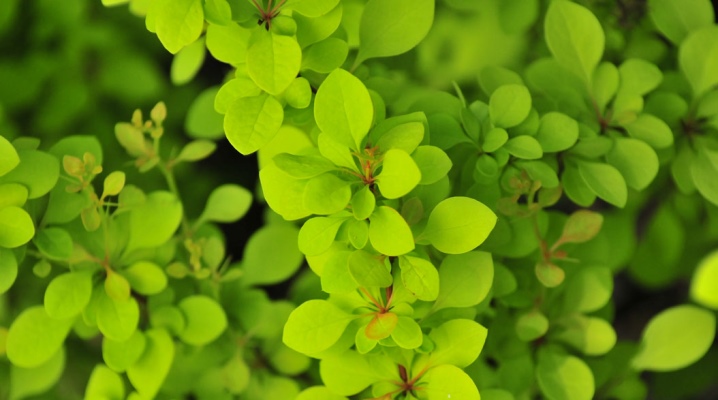
Landscape design is a demanded and popular direction of green bioarchitecture, which is gaining more and more popularity every year. In recent years, beautiful green compositions can be found not only in city parks and alleys, but also on the backyards of private houses. Thanks to the painstaking work of botanists and breeders, designers can use a huge number of plants in their projects, which include not only herbaceous species, but also shrubs. One of the favorite shrubs of landscape designers is the Thunberg barberry "Maria", which has a dense crown and changes its color throughout the growing season... This variety is in high demand among novice gardeners due to its unpretentiousness and resistance to drought and frost.
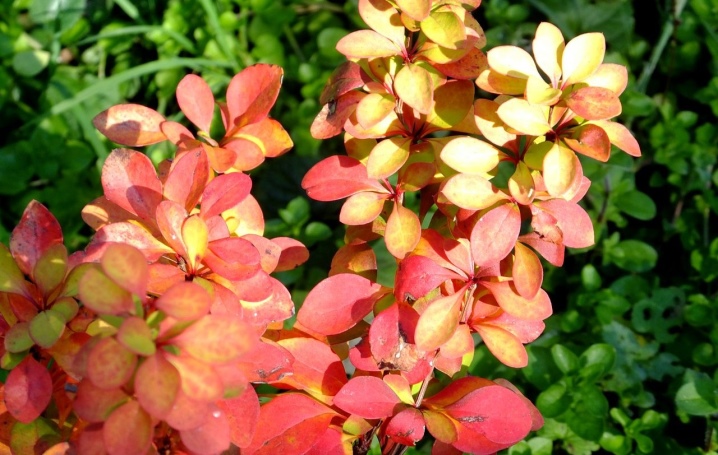
Peculiarities
Barberry Thunberg "Maria" (Maria) is an ornamental shrub that belongs to the Barberry family and has a prickly surface. This variety is the result of the work of breeders from Poland., who have made every effort to adapt the plant to unfavorable climatic conditions. An unpretentious and frost-resistant species is in demand in different regions of the planet. A detailed description of this species can be seen in the specialized literature on botany.
The height of an adult plant often reaches 150 cm, and the diameter can be up to 100 cm. The annual growth is 10 cm. The shrub has a columnar crown, straight stems and dense foliage. Large leaves are elongated and slightly oval in shape. The peculiarity of the plant is the change in the color of the leaf plates depending on the season.
In the spring, the leaves are painted in a pink-yellow hue, in the summer they acquire a rich yellow color with a red border, but in the fall the bushes turn into orange-red columns.
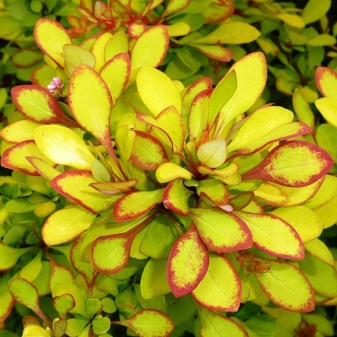
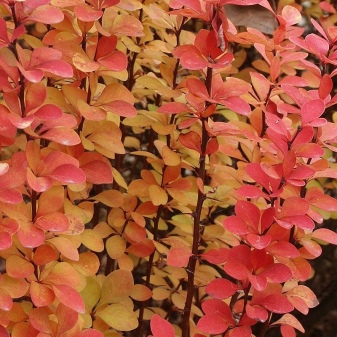
The flowering period begins in early May. The yellow flowers are small in size and look like balls. During flowering, the bushes are completely covered with yellow inflorescences, which give off a pungent aroma. In early October, fruits begin to ripen on the barberry, which are colored in a deep red hue. A small root system is presented in the form of a main root, from which a large number of lateral processes depart.
Due to the presence of a dense crown, the plant can be given any shape, making corrective pruning. This feature is successfully used by landscape designers in their projects. If an adult bush is not trimmed, then it acquires a spreading fan-shaped shape. Like any plant, barberry "Maria" has a number of positive and negative sides.
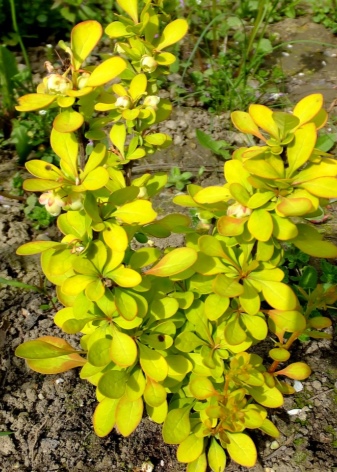

Advantages:
- unpretentiousness;
- undemanding to the soil;
- resistance to drought and low temperatures;
- beautiful appearance;
- the possibility of growing in an urban environment;
- abundant flowering;
- change in leaf color depending on the season;
- the presence of a massive crown, which can be given various shapes.
The disadvantage is the inability to grow in shaded areas.
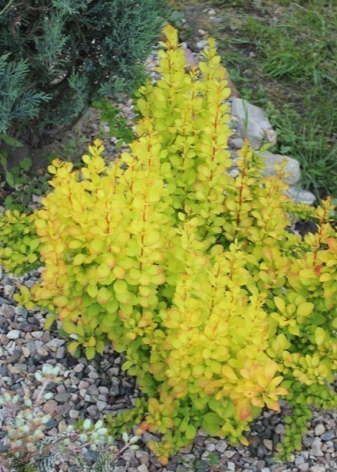
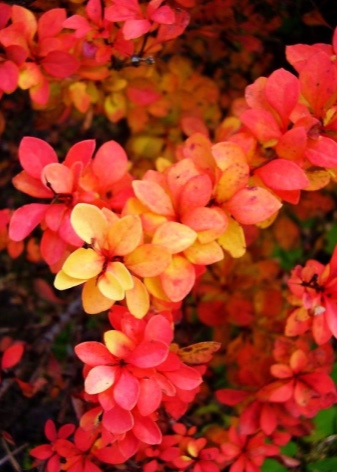
How to plant?
In order to grow a beautiful and healthy plant with a bright color of leaf plates and a large number of flowers, experienced gardeners recommend paying attention not only to the planting technique, but also to the choice of location. Experts do not recommend pinching the bush in shaded and heavily blown areas. Prolonged exposure to sunlight will lead to the disappearance of bright foliage, and the bush will acquire a classic green crown. Experienced gardeners do not recommend planting barberry on heavy soils that do not allow water to pass through well. Prolonged stagnation of water can provoke rotting of the root system and the death of the plant.
The purchase of high-quality planting material is the key to obtaining beautiful green compositions. Before you start planting seedlings, you need to pay attention to the condition of the root system, which should not be dry and without signs of disease. If the plant has open roots, then it must be immersed in water for several hours before planting, and the seedlings planted in special containers must be abundantly watered before being removed from the container.
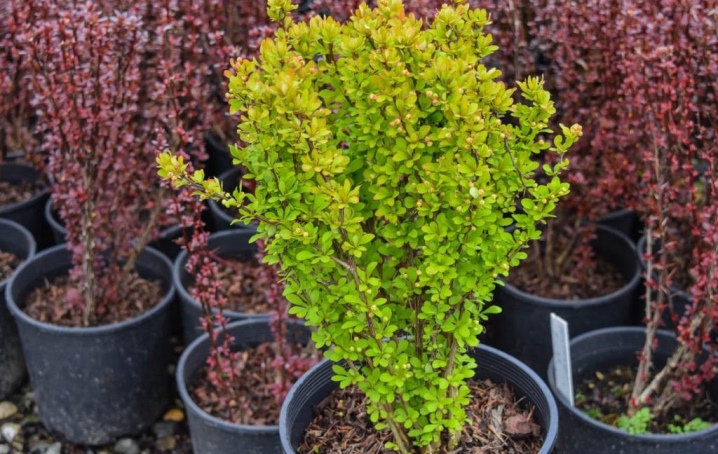
Before starting the formation of planting holes, it is imperative to dig up the selected area and remove all weeds from it. In the case of increased acidity of the soil, experts recommend adding lime or wood ash to it. The distance between the holes depends on how the plant is planted. If it is necessary to form a hedge, it is necessary to make at least 3 holes at 1 meter, but single landings provide for a distance between the holes of at least 100 cm.
The depth and width of the hole should be 40 cm. To simplify the process of forming planting holes for a green fence, experienced gardeners recommend digging not holes, but trenches. The bottom of the pit must be filled with drainage, which can be broken brick, coarse sand, expanded clay gravel or crushed stone. To prepare a nutrient substrate, it is necessary to mix sod soil, river sand and humus in equal proportions. In the center of the hole, it is necessary to form a small hill and put a seedling on it. Filling the landing pit with earth must be combined with its simultaneous compaction.
The plant should be watered abundantly with clean, settled water, and the root zone should be mulched with peat or crushed tree bark.
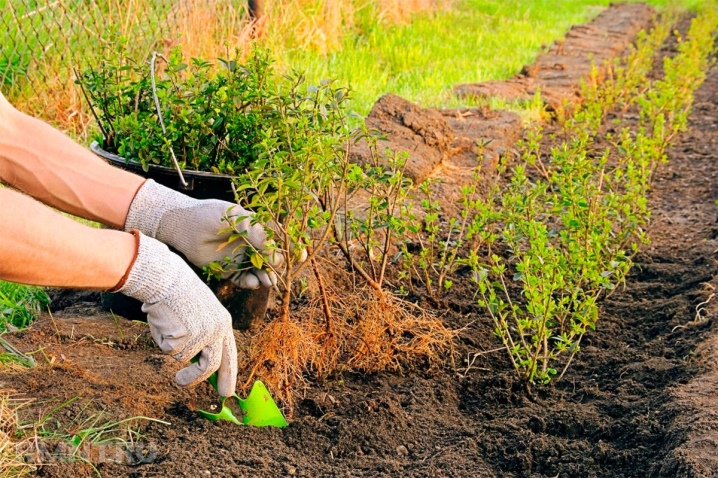
How to take care of it properly?
Barberry Thunberg "Maria" refers to unpretentious plants that require a minimum amount of attention. Shrub care consists of a set of classic activities that include watering, fertilizing, loosening the soil, mulching, pruning, winterizing, and pest control.
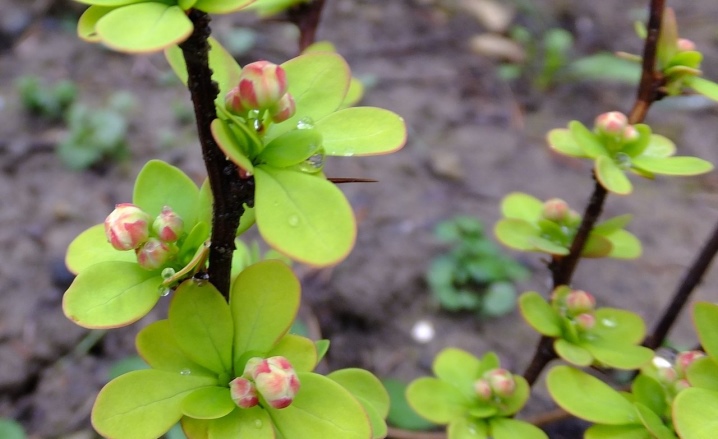
Watering and feeding
This variety belongs to those species that do not need frequent watering. To provide the plant with moisture, it is enough to moisten the soil no more than 1 time per week. Experts recommend watering the shrub strictly at the root, trying to avoid water getting on the crown. The plant responds positively to the enrichment of the soil with nutrients, but in the case of planting in fertile soil, it is necessary to feed the barberry only at 2 years of age. Mineral or organic fertilizers should be applied no more than once a year.
The optimal time for feeding is early spring.
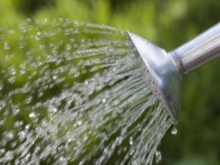

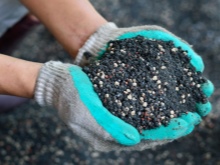
Pruning
The dense crown of barberry needs not only sanitary pruning, but also shaping. To give the bush a beautiful and well-groomed look, it is necessary to remove all dry and deformed branches in the middle of spring. This procedure can be done throughout the growing season. If shrubs act as a hedge or a beautiful art object, then it is imperative to carry out formative pruning, which will give the plant the desired shape. Subsequently, it is necessary to carefully regularly cut off all the regrown branches and correct the original shape.
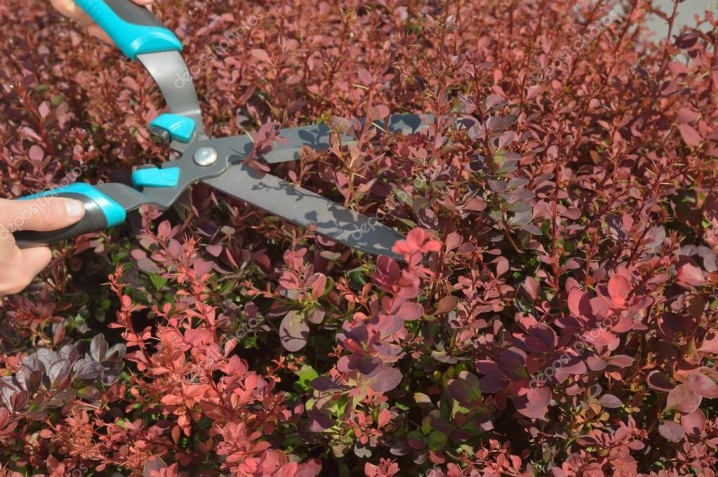
Preparing for winter
This variety of barberry belongs to frost-resistant plants that easily tolerate frosts below -25 degrees.Adult plants with a powerful root system do not need to create additional shelters, but young bushes must be covered with spruce branches or non-woven material at the end of autumn. To prevent the plant from becoming rotten, the covering material must be removed at the beginning of spring.
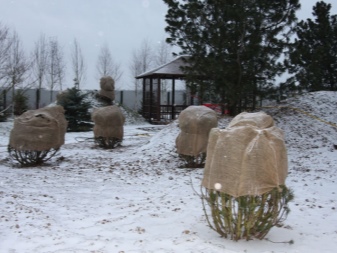

Reproduction methods
To obtain new barberry seedlings you can use the following breeding methods:
- seminal;
- dividing the bush;
- grafting.
In order to grow barberry from seeds, it is necessary to collect the seed material, rinse and dry it. Planting can be done both in autumn and spring. Before sowing in autumn, it is imperative to dig the area, form furrows and shed them with water. Seeds should be placed at a depth of no more than 3 cm.
Spring planting involves planting seeds that have been stratified for 3 months.
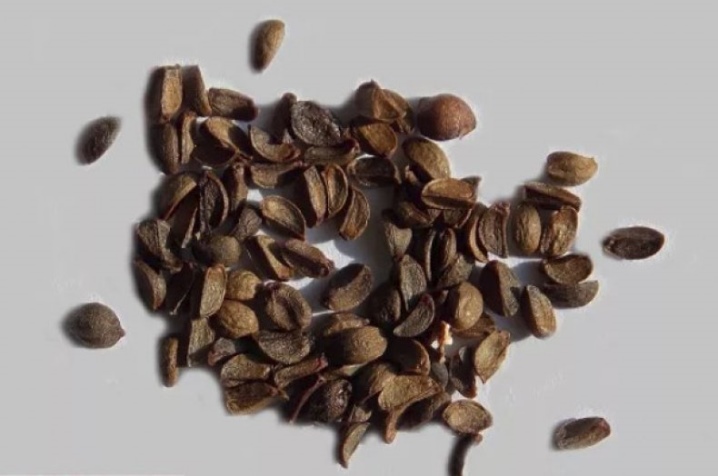
The most popular method is cuttings. The technology for carrying out this method of reproduction consists in cutting the required number of shoots from the mother bush, which is at least 3 years old. This procedure should be carried out at the beginning of summer. A prerequisite is the presence of at least 3 internodes on one cutting. The collected planting material must be buried in nutritious and moist soil and covered with plastic wrap. After the appearance of new leaf plates, the shoots can be transplanted to a permanent growth site.
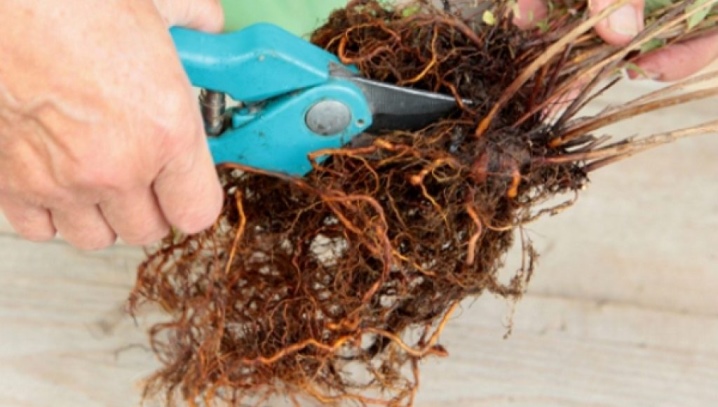
Novice gardeners often propagate barberry by dividing the bush. This method is the simplest and most effective. To carry out it, it is necessary to dig up the mother plant and divide the root system into the required number of parts. This procedure must be carried out using a special sharp garden tool.
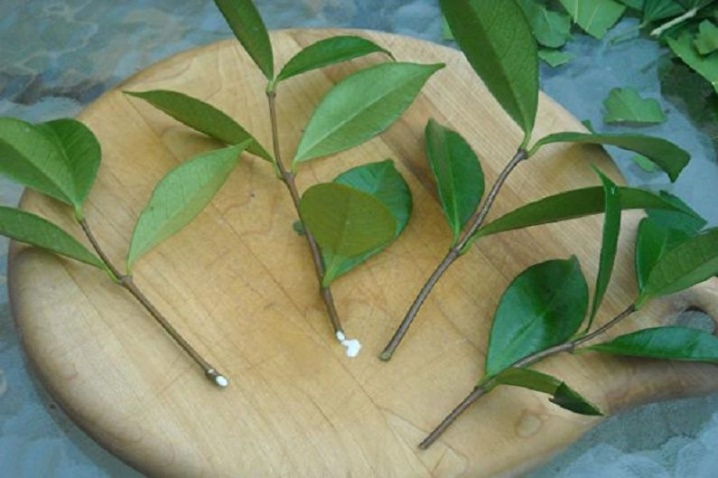
Diseases and pests
Despite the high level of plant resistance to various fungal diseases and pests, experts recommend regularly inspecting green spaces, as well as treating it with special chemical and biological preparations for prevention. Ignoring these recommendations can lead to powdery mildew, rust, infectious dryness. Aphids can spoil the appearance of barberry, and sometimes lead to its death, which can only be exterminated with special fungicides.
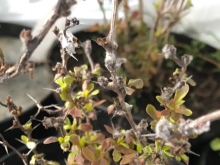
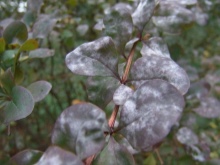
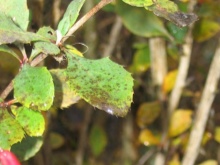
Use in landscape design
Barberry Thunberg "Maria" is a beautiful plant that changes the color of the leaf plates depending on the season, and the dense crown allows designers to create amazing green sculptures. Landscape designers use this variety to decorate many of their projects. Due to its high aesthetic characteristics, the plant can be both an independent element and part of a green composition. A barberry planted along the edge of the site can become a beautiful hedge, and by planting different varieties at the same time, you can make a green fence colorful.
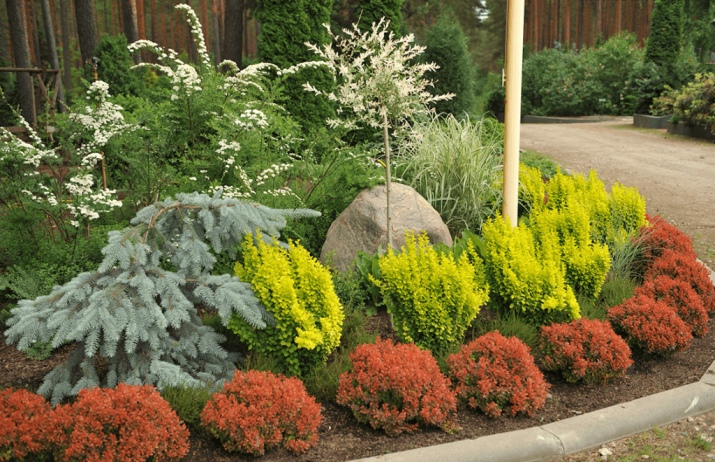
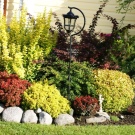
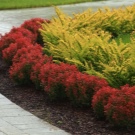
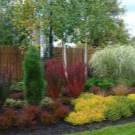
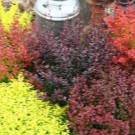
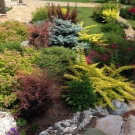
Due to the presence of a dense crown and small size, the plant is often used to create green sculptures, which will surely decorate any recreation area, local area, city park or playground. Barberry Thunberg "Maria" is often used to decorate the area near highways and in industrial areas. The high concentration of exhaust gases and heavy metal particles in the air does not affect the growth and appearance of the shrub, which makes it an indispensable plant for urban conditions.
This variety goes well with all conifers and deciduous plants, as well as with low varieties of flowers.
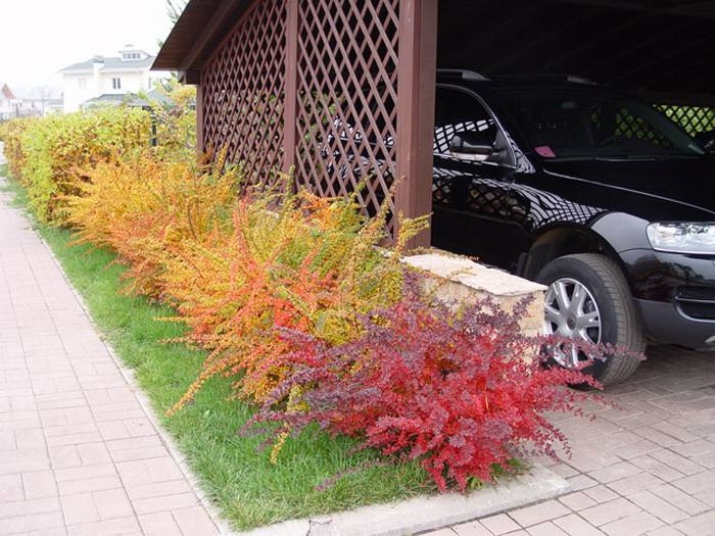
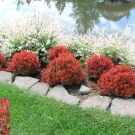
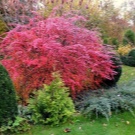
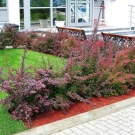
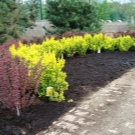
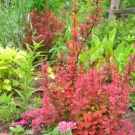
In order to create unique green compositions, it is not at all necessary to buy exotic plants that not only have a high price, but also require a lot of attention.Experts recommend choosing unpretentious plant species that are maximally adapted to various climatic conditions. All varieties of barberries are very popular with landscape designers. The Thunberg barberry "Maria", which not only changes its color throughout the year, but also becomes covered with a huge amount of yellow flowers during the flowering period, will definitely become a real decoration of any site. The bush looks no less impressive at the end of autumn, when it is covered with rich red fruits.

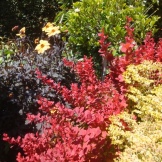
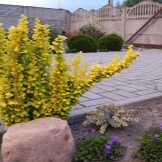
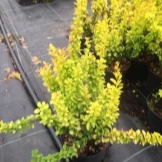
To learn how to grow barberry Thunberg "Maria", see the next video.



































































The comment was sent successfully.